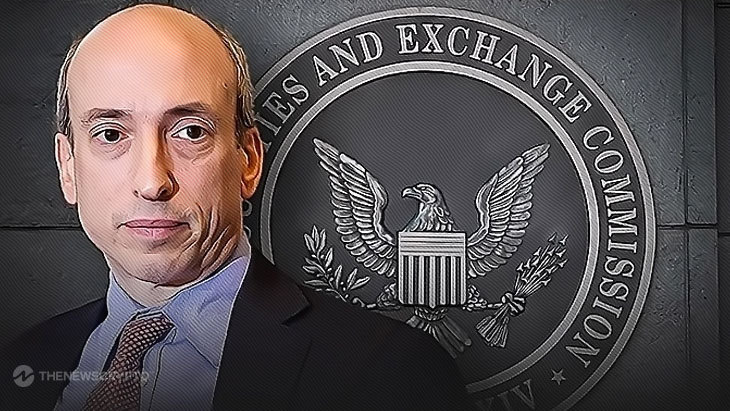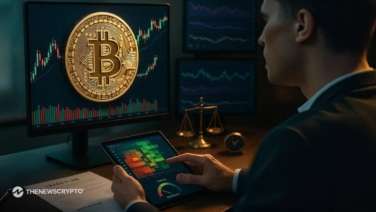- Bitcoin’s whitepaper was authored under a pseudonym on October 31, 2008.
- The document laid the groundwork for the Bitcoin network.
Gary Gensler, the chair of the SEC, greeted Satoshi Nakamoto’s renowned White Paper, which launched cryptocurrency today, a happy 15th anniversary.
If Satoshi Nakamoto went as Satoshi Nakamoto for Halloween, would we be able to tell?
— Gary Gensler (@GaryGensler) October 31, 2023
Happy 15th anniversary to Satoshi’s famous white paper that started crypto.
Any crypto companies that are tricking investors should start treating them to compliance with the securities laws.
Bitcoin’s whitepaper, authored under a pseudonym on October 31, 2008, is the initial thesis paper. Also, it is widely believed that this document laid the groundwork for the Bitcoin network and detailed Satoshi’s vision of a decentralized digital currency that could conduct low-cost transactions without the need for banks or other intermediaries.
Word of Caution
Millions of people have used bitcoin as a means of payment since then. Governments throughout the world are even beginning to control it. It’s strange that Gary Gensler, head of the SEC, would wish the Satoshi White Paper a happy anniversary on Halloween, given that he’s one of the most vocal opponents of cryptocurrencies in the United States.
Gensler wrote:
“If Satoshi Nakamoto went as Satoshi Nakamoto for Halloween, would we be able to tell? Happy 15th anniversary to Satoshi’s famous white paper that started crypto. Any crypto companies that are tricking investors should start treating them to compliance with the securities laws.”
The SEC is always at odds with the cryptocurrency industry, particularly with the pending applications for Spot Bitcoin ETFs. But recent events have shown that it is losing ground. Also, many people are demanding that something be done about Gensler, and some lawmakers have even called for him to resign as chair of the Securities and Exchange Commission.
Highlighted Crypto News Today:
Cardano’s Scaling Solution Mithril Sees Exciting Progress with New Paper








